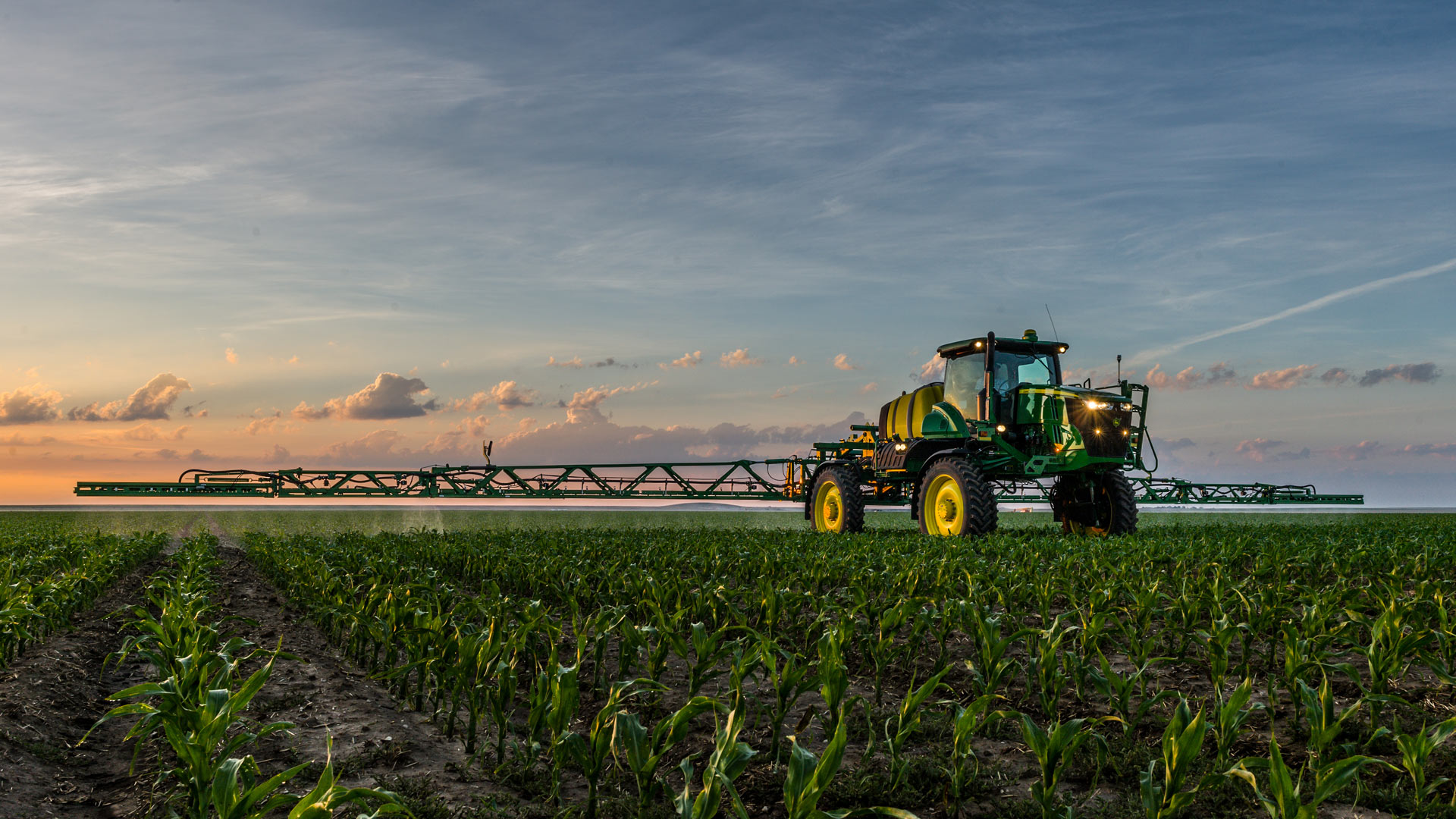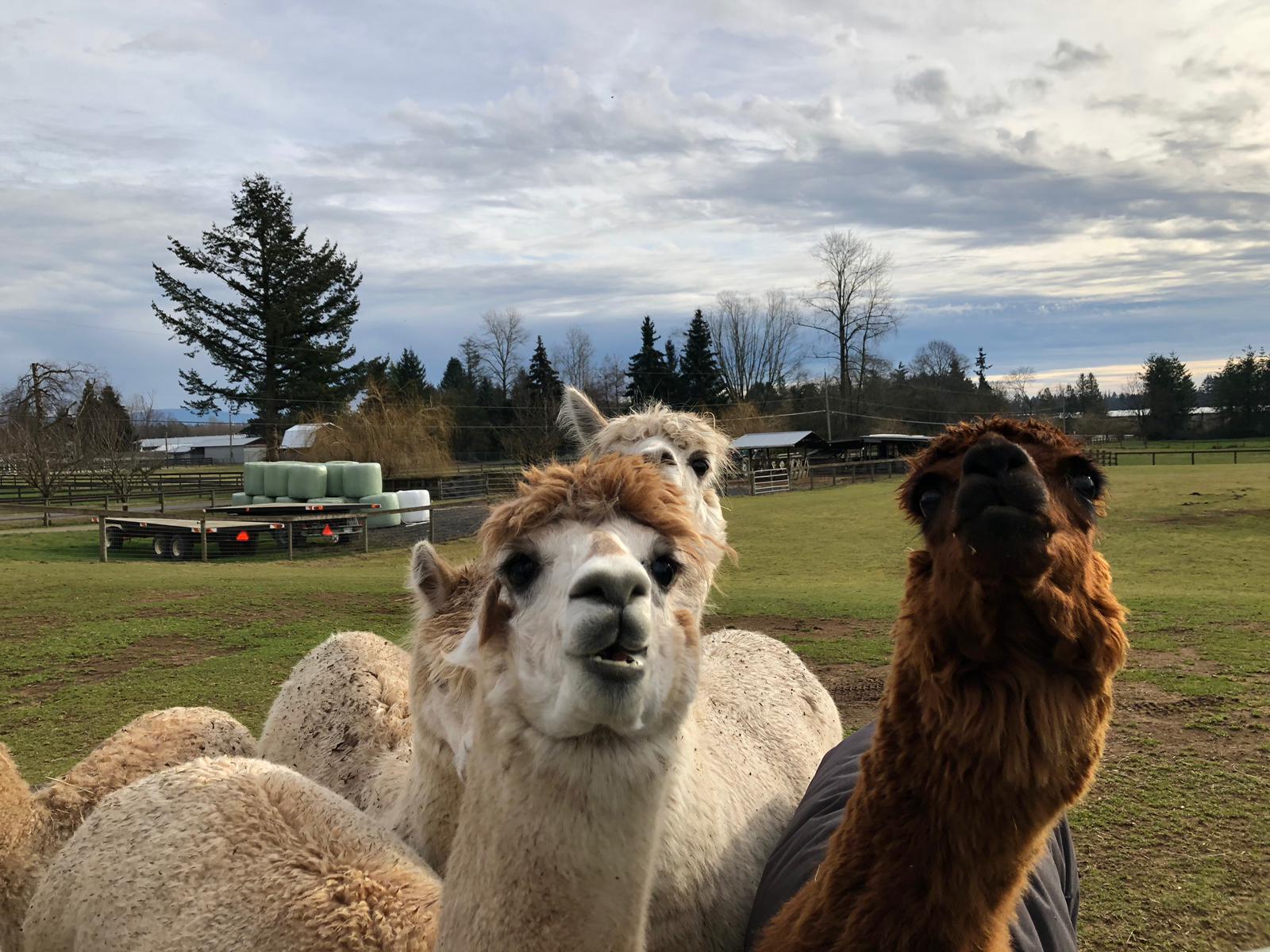Smart Farming Challenge
Improving farm productivity is essential for increasing farm profitability and meeting the rapidly growing demand for food that is fuelled by rapid population growth across the world. Farm productivity can be increased by understanding and forecasting crop performance in a variety of environmental conditions. Smart Farming aims to support scalable data analytics that can continuously process large crop performance data.
Sensors
There are all kinds of smart sensors that you can deploy on your farmland such as a solar-powered sensor that measures rainfall, sensors to measure crop stress, air temperature, humidity pressure, predictive analytics of crop growth, harvest timing and more.
Data Challenges
Capturing the large volume of heterogeneous data produced by a variety of IoT sensors (and possibly manual measurements), and doing this for a large number and variety of activities involving different studies as well as crops.
UCW Smart Farming
Provides a simple monitoring solution for farmers that enables to collect and view data from a mixed fleet of sensors and helps with solving data challenges.
How can you contribute?
Plant irrigation - different types of produce require different amounts of water. Wheat may need a different amount of water than tomatoes or lettuce. Furthermore, if it just rained yesterday, the soil is still moist and may require less irrigation than if it didn't just rain.
Silo management - monitors the temperature, humidity and the level (height) of silage in each silo.
Indoor farming - this is where you grow food in big warehouses. Inside this kind of farm, there are no natural seasons, days or nights. Light, humidity, and temperature are all tightly controlled. Each type of plant gets the exact wavelength of light, the right amount of water, and the exact temperature it needs to thrive.
Livestock and animal monitoring - a solution in order to monitor the location and the health of livestock in a number of ways. In the case of cows, sensors are placed on or within the animal and an alert is sent wirelessly to a tag mounted on the cow's ear. The data is then sent to the farm management information system, which can also be available on the farmer's mobile phone or tablet.


We support great ideas!
If you have an exciting place where you could place IoT sensors
for the low-power wireless networks (LoRaWAN / LTE-M), please
contact us.
If the idea is appealing and technically feasible, we put the sensors on your site at our expense.
The only condition is that the data will be available to all members of the
IoT Hub.
Are you interested in this area? Do you have an idea you want to address for your agricultural business?
Contact us